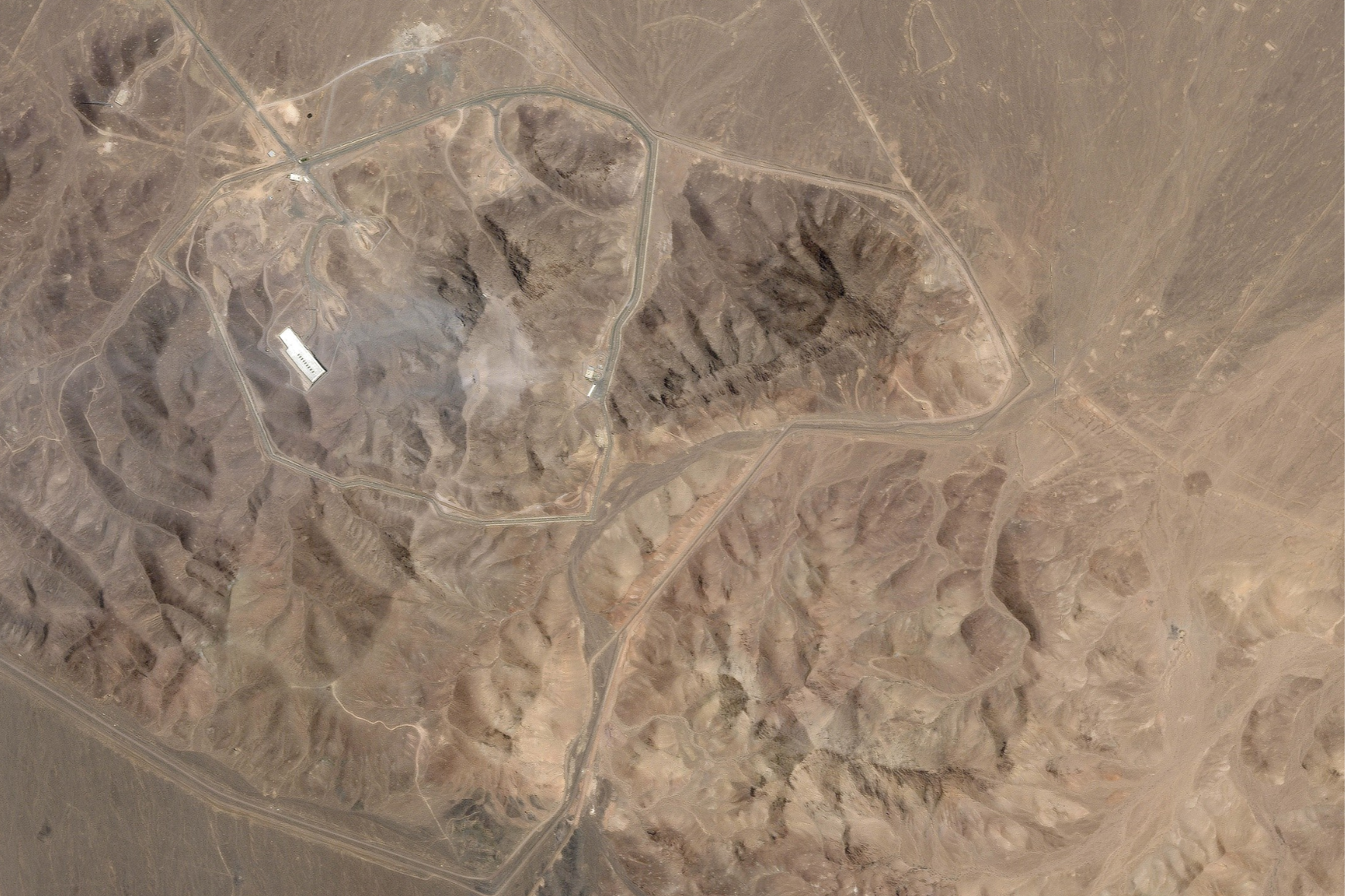PM Modi Unveils India’s Bold Anti-Terror Plan in Kanpur

On May 30, Prime Minister Narendra Modi addressed a large gathering in Kanpur, Uttar Pradesh, marking a significant moment in India’s ongoing efforts to enhance national security and economic development. The speech spotlighted India’s updated terror strategy, the importance of self-reliance in defence, and the inauguration of major infrastructure projects. With these developments, India continues to position itself as a confident, resilient, and forward-moving nation.
India’s BrahMos Missile and Operation Sindoor Demonstrate Military Capability
In his speech, Prime Minister Modi cited the power of India’s indigenously developed BrahMos missile. Referring to “Operation Sindoor,” Modi stated that Indian-made defence systems, including the BrahMos missile, had successfully entered enemy territory and struck with precision. While official details remain limited, his comments suggested that India’s military capabilities are now deeply rooted in domestic innovation and strategic foresight.
“The world witnessed the power of Make in India and its weapon through Operation Sindoor,” Modi said. He emphasized that Indian missiles, guided by accurate intelligence and strong engineering, had achieved precise targeting, showcasing India’s resolve and technological advancement.
Self-Reliance is a Matter of Economic and National Pride
A key theme of Modi’s address was India’s journey toward Aatmnirbhar Bharat, or self-reliance. He stressed that achieving self-sufficiency is not only essential for economic strength but also vital for preserving national dignity and sovereignty.
“There was a time when India depended on other countries for its safety. We have tried to change these circumstances,” he said. “When India becomes Aatmanirbhar, it is good for the economy, but it is also important for the country’s self-respect.”
The push for indigenous defence manufacturing aligns with broader goals to reduce import dependency and increase local innovation. Initiatives such as the Defence Production and Export Promotion Policy have laid the foundation for Indian defence firms to grow globally.
India’s New Three-Point Strategy to Tackle Terror Threats
The Prime Minister presented a clear three-point approach to counterterrorism, emphasizing that India would adopt a firm and consistent response to any security threat.
First, every terrorist attack will receive a proportional and timely response. The Prime Minister made it clear that the decision on how and when to respond would lie with India’s Armed Forces. This policy places operational autonomy in the hands of military professionals, ensuring efficiency and strategic discipline.
Second, Modi stated that India will no longer be intimidated by hollow nuclear threats. Without referring directly to any country, his comments reflected a broader geopolitical sentiment. “India will not be scared of hollow threats of an atom bomb,” he said.
Third, the Prime Minister affirmed that India would treat terrorists and the governments that sponsor them as equally accountable. “India will look at the ‘aaka’ of terrorism and its sponsoring government with only one view,” he said.
Strategic Clarity Without Direct Political Allegations
While Modi refrained from explicitly naming any country, the context made it evident that his remarks were directed toward those involved in sponsoring or enabling terrorism across borders. His strategic phrasing allowed him to maintain diplomatic decorum while delivering a firm message.
Speaking in the local dialect, he said, “Dushman kahin bhi ho, honk diya jayega,” meaning “Wherever the enemy is, they will be hit.” This statement captured the spirit of proactive defence and resonated strongly with the audience.
By avoiding overt accusations, the Prime Minister ensured that the message remained policy-driven rather than politically provocative. This neutral yet powerful communication style is key to maintaining India’s credibility on the global stage.
Kanpur Development Projects Highlight India’s Economic Commitment
Alongside the defence and strategic policy announcements, Prime Minister Modi also inaugurated and laid the foundation for 15 development projects in Kanpur worth ₹47,600 crore. These initiatives include urban infrastructure, public transport enhancements, and socio-economic development plans.
One of the major highlights was the inauguration of a new metro corridor between Chunniganj and Nayaganj. The expansion is expected to improve urban mobility and ease congestion, serving thousands of daily commuters. This metro corridor represents the government’s commitment to building smart, accessible, and sustainable cities.
Other infrastructure developments announced during the visit included roadways, rail connectivity upgrades, and industrial support facilities, which are expected to generate employment and boost the local economy.
Blending Regional Language with National Messaging
What made the Prime Minister’s speech particularly effective was his use of Kanpur’s local dialect to deliver complex national policies. By speaking in a language familiar to his audience, Modi was able to forge a stronger connection while communicating core strategic concepts.
This blend of regional expression with national policy helped demystify subjects like missile technology, defence autonomy, and cross-border security threats. It demonstrated a communication model that reaches citizens at all levels—local, regional, and national.
Transition from Strategic Restraint to Proactive Deterrence
The speech also marked a visible evolution in India’s defence posture. Traditionally known for strategic restraint, India is now positioning itself as a nation practicing assertive deterrence. The three-point strategy reflects a doctrine that aims to neutralize threats before they escalate.
This change does not indicate aggression but reflects a matured security stance rooted in confidence and capability. It also shows that India is prepared to respond based on its own strategic needs and timelines, rather than external pressures or fear-based diplomacy.
The emphasis on indigenous defence systems further complements this shift. With India increasingly manufacturing its own weapons and building self-sufficient military infrastructure, the country aims to ensure long-term strategic autonomy.
Balanced Governance: Defence and Development Hand in Hand
Another notable aspect of Modi’s address was the seamless integration of defence policy with development goals. By launching infrastructure projects alongside unveiling strategic doctrine, the Prime Minister highlighted that economic growth and national security are interconnected.
The ₹47,600 crore investment in Kanpur reflects a broader governance model in which prosperity and protection are not separate ambitions but parts of a unified national vision. It shows that India’s rise is being supported by hard power as well as socio-economic upliftment.
This governance approach aims to foster inclusive development while building a secure and resilient state. Defence preparedness protects sovereignty, while infrastructure projects improve daily life—together ensuring sustainable progress.
India’s Vision for a Secure, Self-Reliant Future
Prime Minister Narendra Modi’s speech in Kanpur captured the essence of India’s evolving role on the global stage. With a firm anti-terror policy, strong emphasis on indigenous defence systems, and massive investments in infrastructure, the country is aligning its strategic ambitions with the needs of its people.
The three-point terror strategy—decisive retaliation, rejection of nuclear intimidation, and accountability for sponsors—marks a new chapter in India’s national security framework. Simultaneously, the Kanpur development projects signal a commitment to growth, innovation, and modern urban living.
Modi’s message was not only about missiles and threats. It was about pride, resilience, and vision. By uniting defence and development, the Prime Minister presented a comprehensive roadmap where India not only protects its borders but also builds its future.







